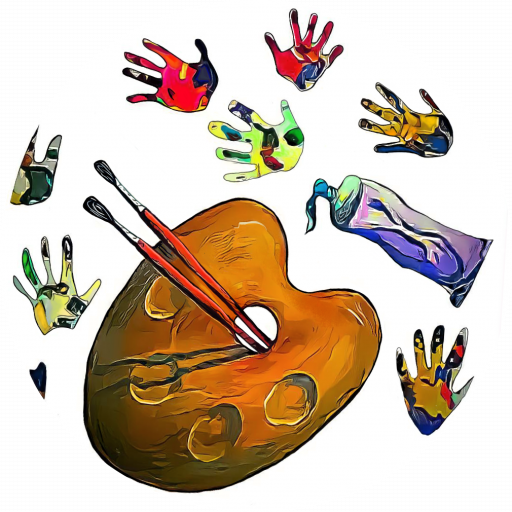FAQ Help Center
Here you can find answers to all the frequently asked questions
or you can send us a message with your specific question.
Popular Questions
You can click on the floating icon that will lead straight to the Intersection For The Arts Donation page where you can choose the amount to donate.
The activities that expand from Walls of Hope focus upon designing, creating, and completing community-based and collaborative art projects. These use the strategies of various arts to rebuild a torn apart region where the legacy of wars and political violence is followed by social, institutional, and economic collapse.
Walls of Hope welcomes everyone, all members of the community of all ages regardless of their political or religious affiliation. The focus is the creation of :
- collaborative murals
- public art projects
- urban interventions such as collaborative environmental art projects that include garbage separation and collection, water safety, urban planning towards identifying safe spaces of congregation for children and youth, etc
- weekly classes and workshops of painting, drawing, wood sculpture, furniture making mask making, textile art and printmaking
- weekly workshops focusing on recycled materials and the respect and preservation of the environment
Community members decide what, where, and how to do their project. They are given opportunity to share their histories and traumas as they design and develop the project.
International artists are invited to share with the community their skills and artistry producing week -long workshops designed to teach and disseminate techniques, skills, and innovative aesthetic propositions. Community members are also trained to facilitate art classes. Since 2015 there have been weekly courses addressing the urgent need to recuperation and respect the environment, using exclusively recycled materials. The four artists/ teachers of Walls of Hope facilitate, implement, and teach children, youth, adults, and the elderly bridging art beyond El Salvador.
The Perquin Model is a blueprint that has become a replicable art model implanted successfully in many regions in El Salvador, as well as in Guatemala, México, Argentina, Canadá, Switzerland, Germany, Northern Ireland, and the United States.
The Perquin Model could be defined as follows:
- A community-based project that engages children, youth, and adults in the creation of art that serves as a component of community building.
- A project created with the understanding that there has been trauma, violence and prejudice inflicted to the participants through political duress, state terror, wars, and armed conflicts.
- The participants decide on the theme and narration of each piece with the intention to produce a visual testimony that represents their recent history.
- A collaborative art project that expands from creativity towards diplomacy, judicial concerns, and the demand for the respect for social and human rights.
Walls of Hope designs, facilitates, and complete collaborative and community-based art projects for children, youth, adults, and the elderly regardless of their political or religious affiliation.
The project exists in the intersection of art and political violence focusing on the pursuit and respect of human rights and social justice. The communities of people that Walls of Hope serves are survivors of massacres, survivors of torture, victims of forced exiles, asylum seekers, indigenous people, Pueblos Originarios, and incarcerated youth in the United States.
Members of the community are trained to facilitate the various art classes, which continue after the project is complete.
The collaborative art model can be used in a variety of situations involving trauma and/or conflict for groups who wish to preserve and learn from shared memory. If a school district or community wants to adapt the Perquin model, they may utilize the following suggestions.
- Hold town or school meetings (or series of meetings) to assess need and plan collaborative art interventions and public art pieces.
- Invite/include participants of different political and religious affiliation.
- Community to host the site for the project and provide materials for the workshops.
- Select exterior or interior walls for an upcoming mural considering the impact it will have in a public space.
- Provide artistic skills and practical experiences in a variety of art forms
- Develop leadership roles among the participants
- Provide opportunities for group discussion
- Focus on conflict resolution
- Take decisions by consensus
- Have a recognition and celebration event upon project completion
- Provide opportunity for evaluation
Reach out
can’t find an answer?
Send us a message
